Water temperature directly affects the fish’s metabolic processes. It determines the fish’s activity level and its feeding ability.
The effect of water temperature on fish activity
When the water is cold, the fish’s metabolism slows down, making them less active. In warmer waters, fish become more active, feed more, and respond faster to bait.
Additionally, temperature fluctuations can either stimulate or suppress fish activity. For example, a sudden temperature drop may cause fish to retreat to deeper waters or become passive, making them harder to catch. Therefore, it’s important to consider not only the current water temperature but also its fluctuations.
Knowledge about how temperature affects fish will help anglers adjust their fishing techniques. In colder conditions, slow-moving baits that don’t require active chasing are recommended, while in warmer water, more aggressive techniques can be used.
Optimal temperature ranges for different fish species
Each fish species has its ideal temperature range in which it is most active. For example, pike thrives in water temperatures between 12 and 15°C. During this time, they actively feed and are easier to catch. On the other hand, perch prefers a warmer temperature range of 16 to 22°C.
Understanding the optimal temperatures for specific fish species allows anglers to choose the right location and time for fishing. For instance, on hot days, pike may seek cooler areas of the water, such as deep holes or shaded spots.
Considering these temperature specifics when planning fishing trips is essential for success. By using this knowledge, anglers can significantly increase their chances of making a good catch.
How to measure water temperature and interpret data
Various tools, from simple thermometers to specialized fishing sensors, can be used to measure water temperature accurately. Measuring the temperature at different depths is most effective, as surface temperature can vary significantly from deeper water levels.
Interpreting temperature data is also crucial. It’s important to account not only for the current temperature but also for changes throughout the day or week. This helps predict fish behavior, especially during feeding periods.
Thermometers or sensors can be integrated with mobile apps to provide detailed real-time water temperature analysis. This makes fishing trip planning easier and more efficient.
Practical tips for fishing in changing water temperatures
Water temperature can change suddenly, so it’s important to know how to adapt your fishing strategy. One key tip is to change fishing locations depending on temperature shifts. When the temperature drops, fish often move to deeper, warmer areas.
It’s also essential to adjust the type of bait based on water temperature. In colder water, slow-moving, more natural-looking baits are preferable. In warmer water, more active and brightly colored baits may be more effective.
Finally, always keep an eye on weather conditions, as they can also impact water temperature and fish behavior. The right combination of temperature data and weather information will help determine the best time for fishing.
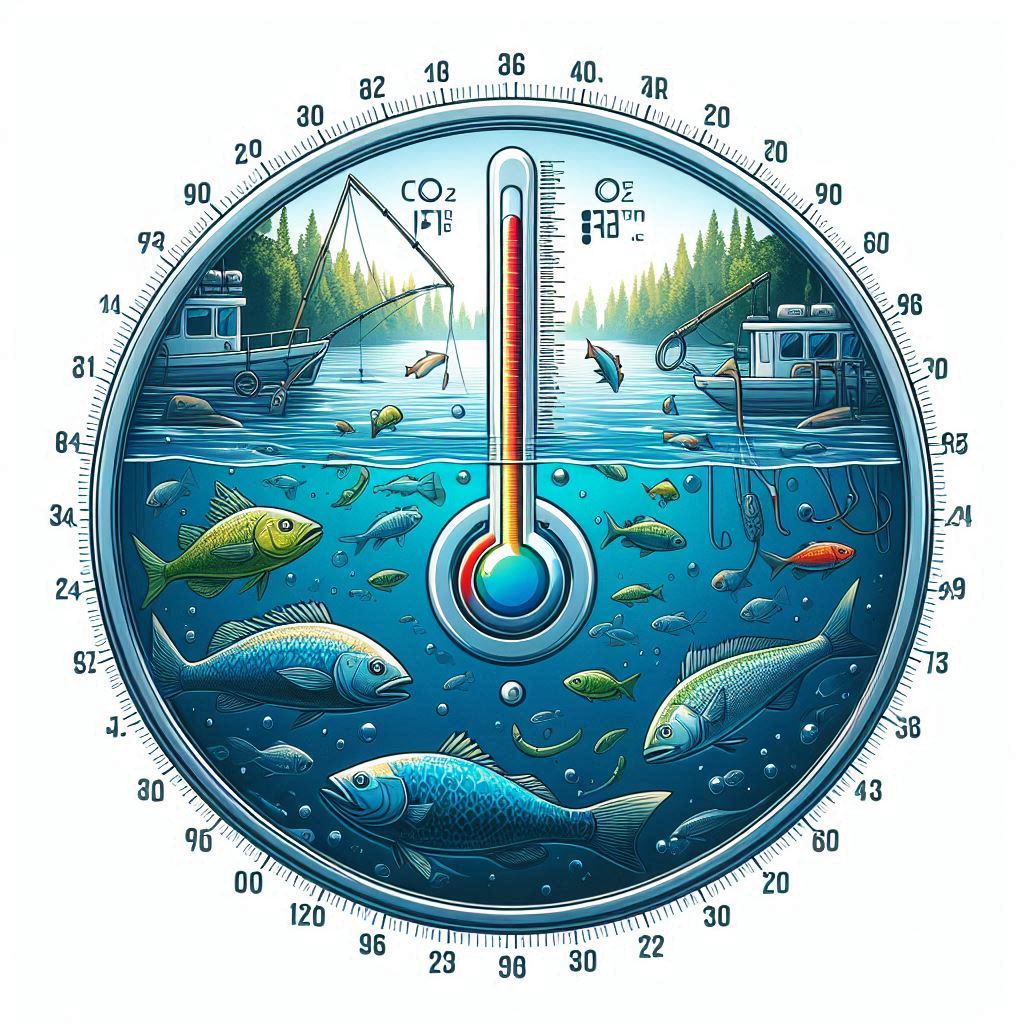
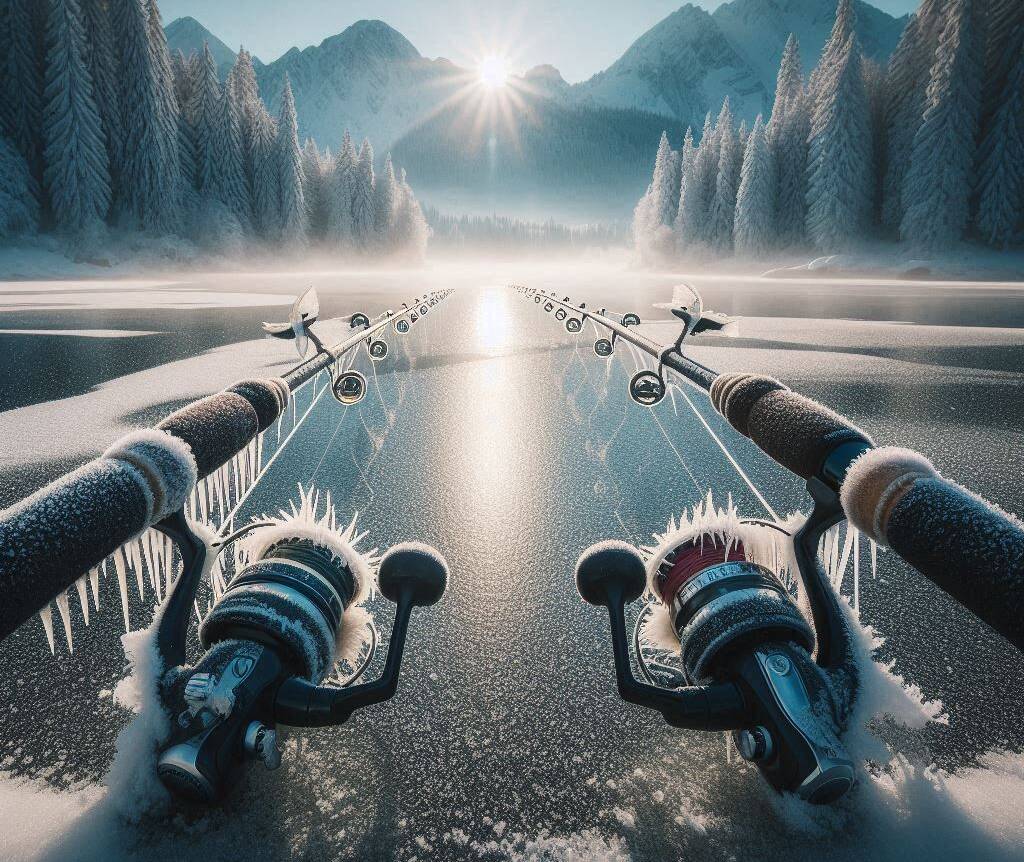
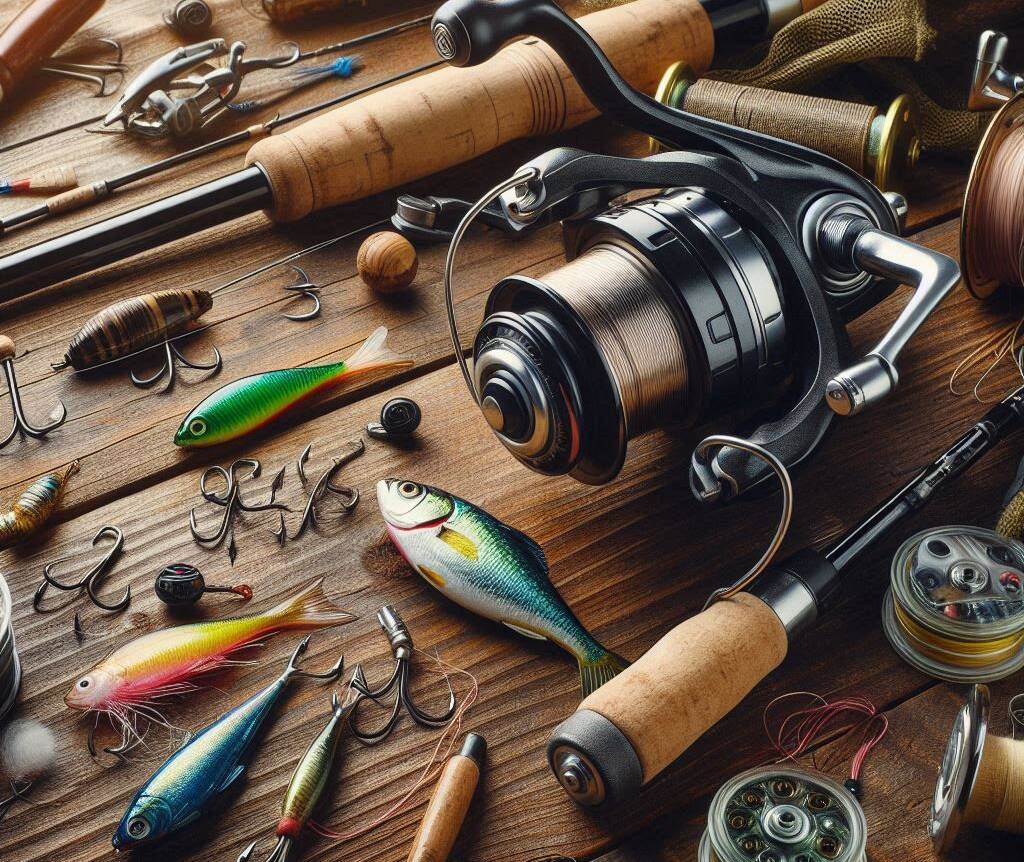
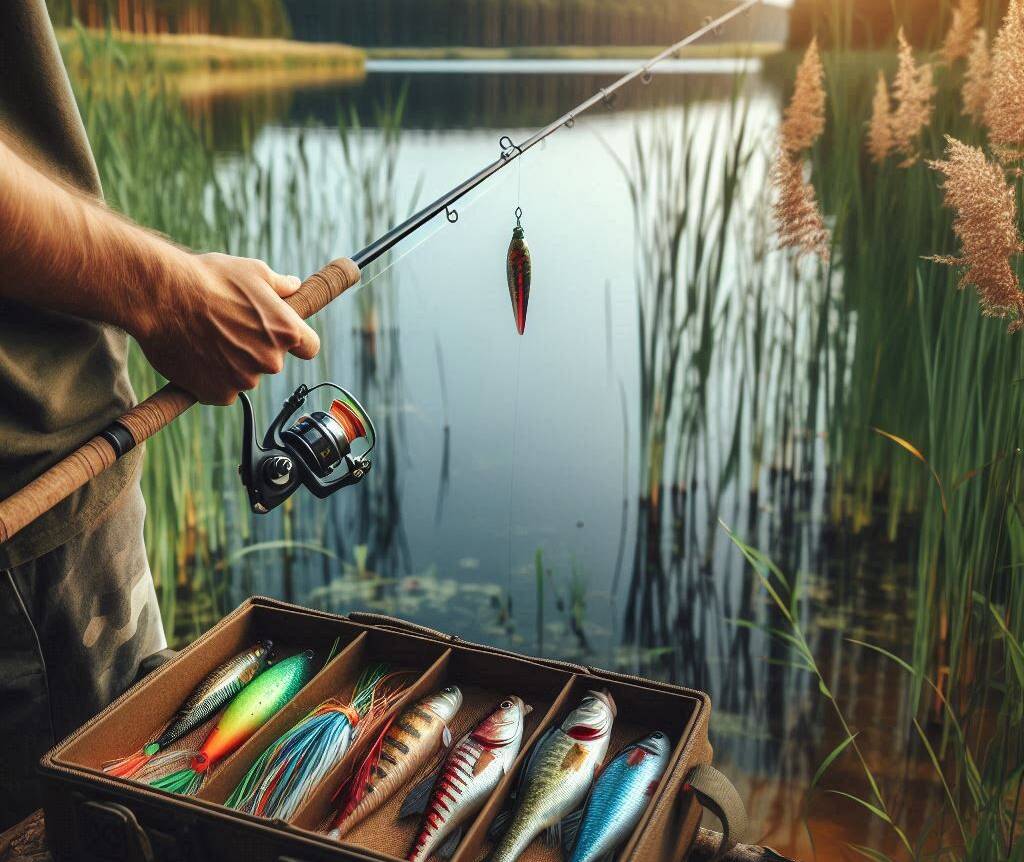

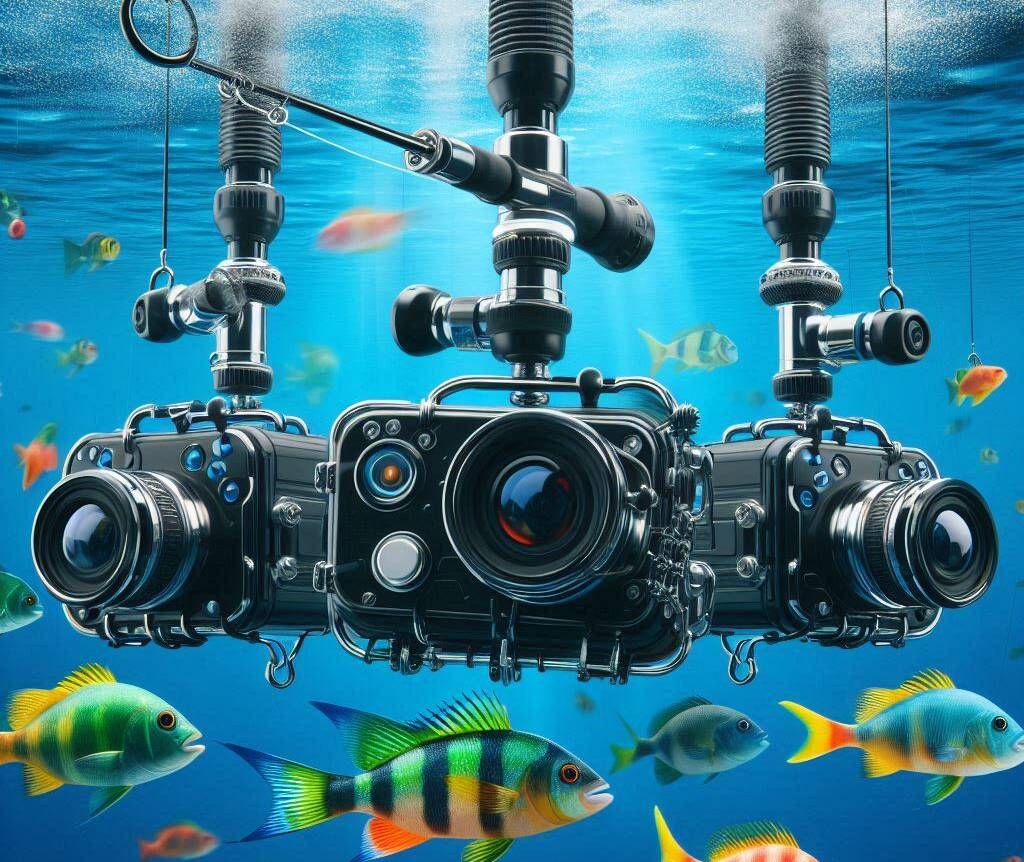
Leave a Comment
Your email address will not be published. Required fields are marked *